postcards - ana-maria grigoriu and stelian dobrescu’s bucharest
A couple of rather rad designers show us their Eastern European hometown.
As much as we love gazing at photos of Eastern European cities, we can’t say we know all that much about Romania’s capital, Bucharest, except that it’s somewhat close to Transylvania (that’s where Dracula liked to hang his cape, back in the day). We asked the folks behind Bucharest graphic design studio Loot, Ana-Maria Grigoriu and Stelian Dobrescu, to give us the lowdown on their architecturally and culturally complex hometown. They were kind enough to share a bit of drinking and shopping advice, too. Take a peek at our chat just below.
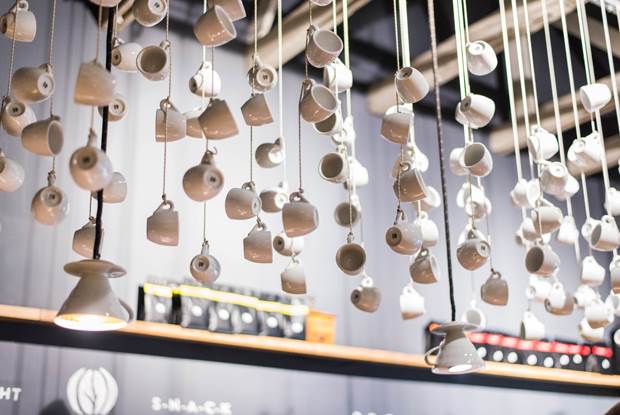
Firstly, please tell us a little bit about the neighbourhood that you live in. We live in Vatra Luminoasa. It means “the bright fireplace”. It’s kind of like a citadel filled with art deco and workers’ houses, surrounded by communist blocks and Russian villas. We’re pretty lucky to live in that area; most of the city is a mess compared to it.
What kind of stereotype has your city earned, and how is it different to what people expect? Bucharest has the reputation of a typical post-communist Eastern European city: dangerous, dirty and poor, but hardcore and bitterly attractive. And it’s kind of lived up to that reputation. But it’s been way nicer recently – lots of cafes popping up everywhere, lots of nice people and stuff to do. It’s still not that tourist friendly, but that’s why people come here.

If you had a day to take an Australian around your town on a Sunday afternoon, what would you do? If it was summer, we’d take you to a nice city garden and try to get you drunk on Romanian wine. If it was winter, it would be a whole other story. We’d go to a cafe, grab a flat white (to make you feel at home, ignoring the minus 20 degree weather outside). Then, just as you’d be about to say, “Hey, but what about drinks?” we’d bring out the pălinca, a local rakia (brandy) you don’t wanna mess with. And if that doesn’t knock you out, we’d go grab a mulled wine and watch the city lights.
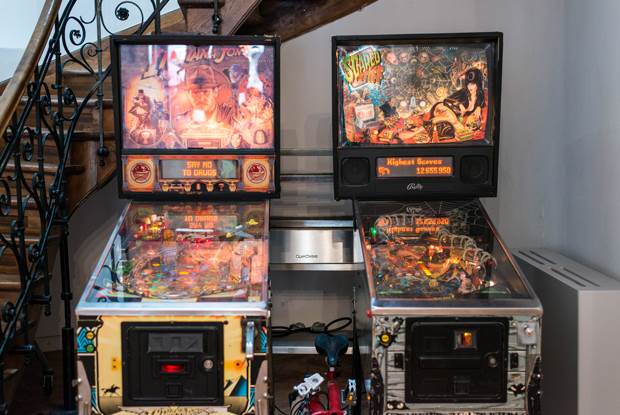
What is the local creative community like? Are there predominant local crafts? It’s kind of in its early days. Those of us working in design, production and other creative industries all sort of know each other. People in general are pretty good at making things, from clothing to furniture to home repairs. Back before the fall of the communist regime you had to rely on your DIY skills to fix things, make things for yourself or trade with others. We know it’s been almost 30 years since then, but old habits, both good and bad, are still as alive as ever.
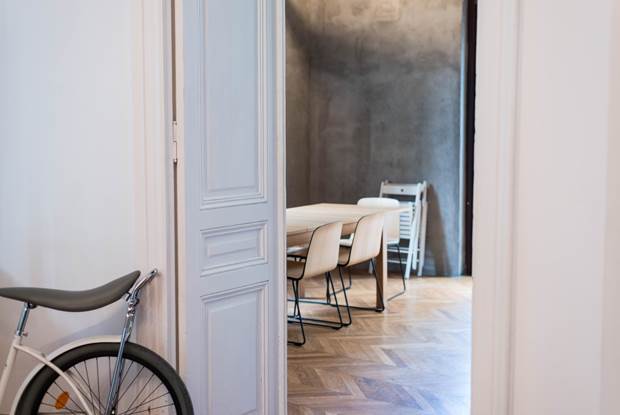
How does your city change with the seasons? Summers are torrid. No one really cares what’s going on because you’re just sweating too much. The city is pretty dusty and the concrete makes it a giant stove. Winters are usually cold and damp. It brings out the real face of the city: rough, cold and slushy. We usually have a couple of blizzards that paralyze the city for a couple of days.
Where is the best place to have a picnic? There are lots of parks where you can casually lay down your blankie, eat local cheeses and drink a glass of something. But if you really want to do it in style, you have to go to the House of People, a morbid building looming over the Izvor park. It happens to be the second biggest building in the world, after the Pentagon. It was made by our last dictator and is a monument to the misery of that period – which makes it perfect for a picnic.
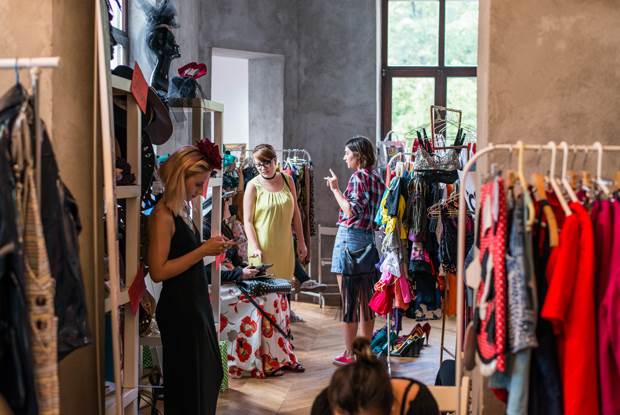
Where is the best place to buy a vintage dress? Vintage fairs if you want one produced by a local. Neighborhood secondhand shops for occasional great finds. Or you can go to one of the huge open markets we have around town if you’re really feeling adventurous.

Photos by Claudia Cristea.
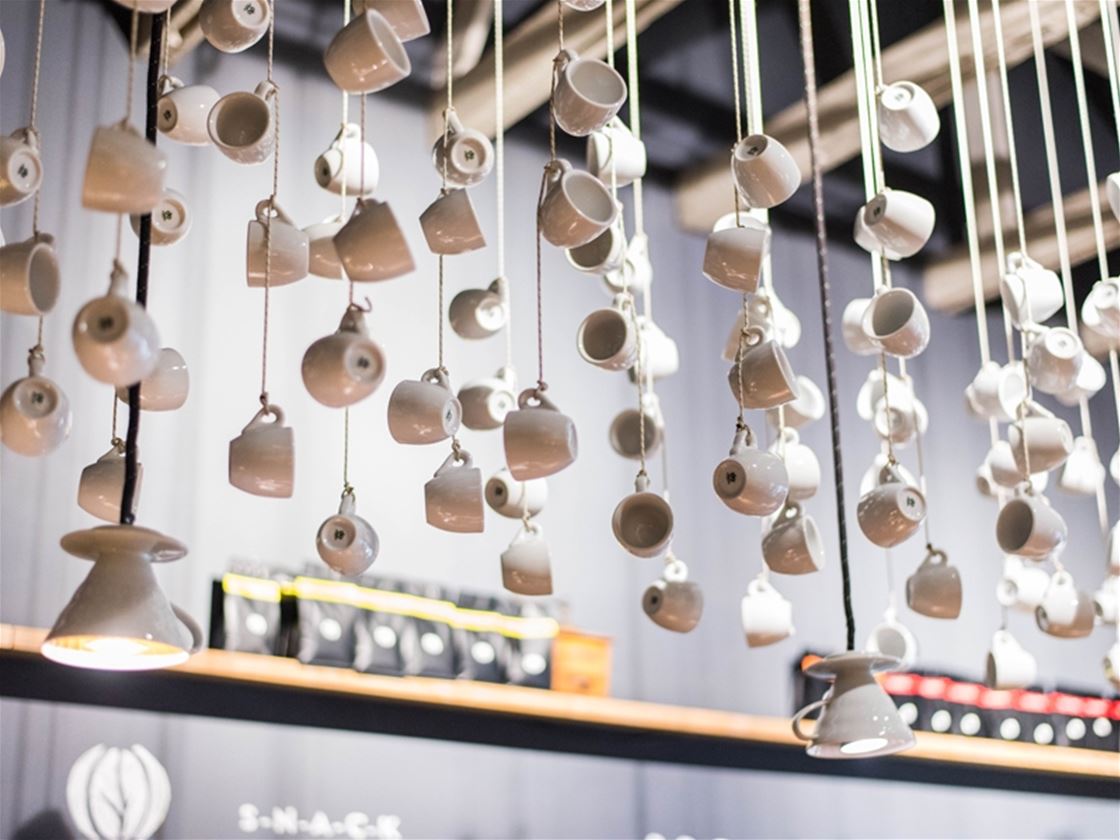

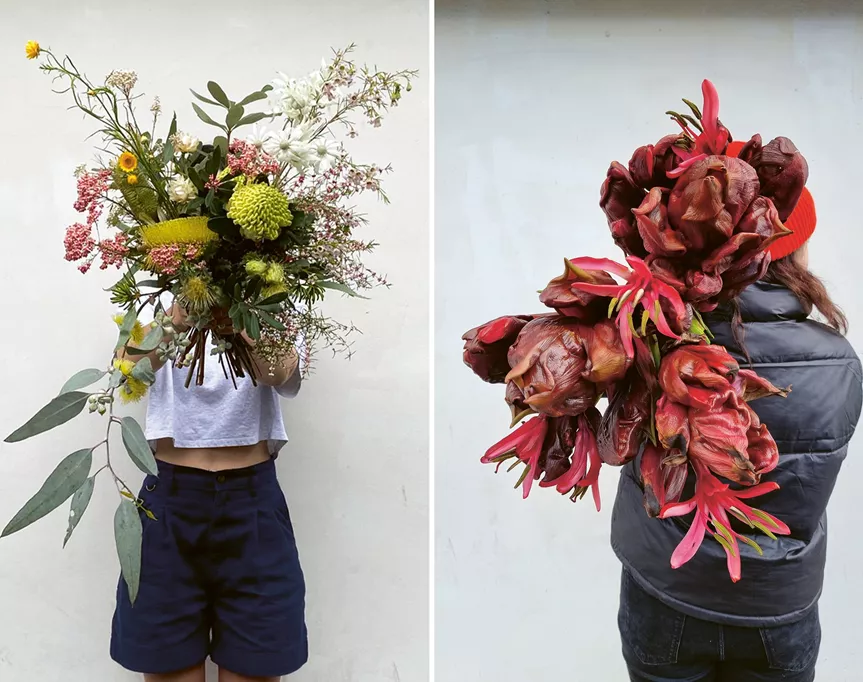

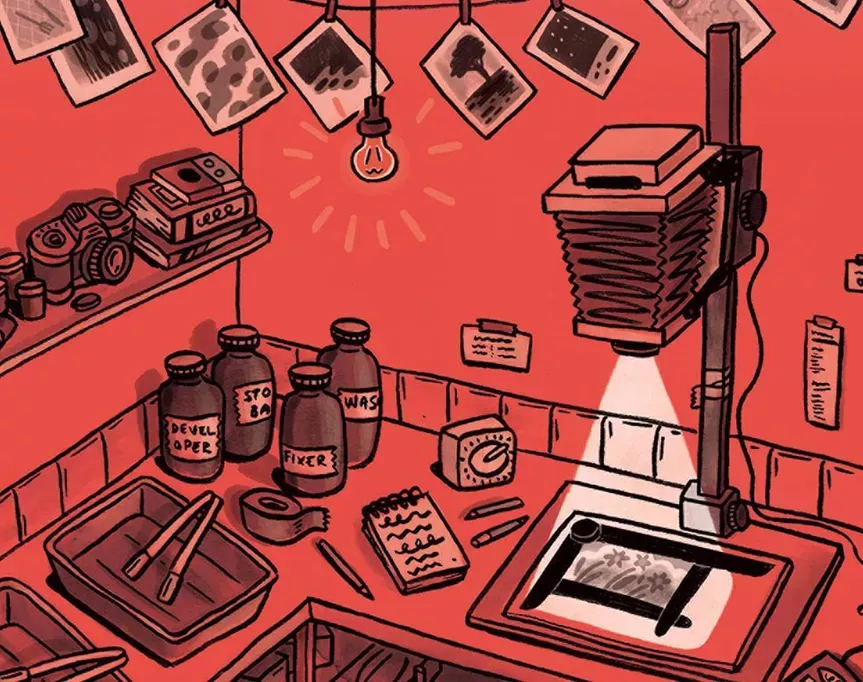









.jpg&q=80&w=316&c=1&s=1)













.jpg&q=80&w=316&c=1&s=1)










